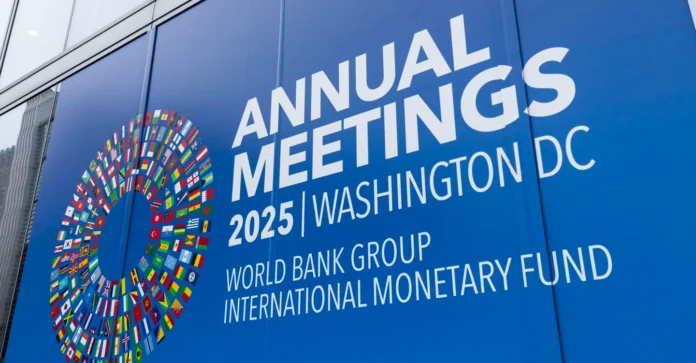Global public debt is on track to exceed 100% of Gross Domestic Product (GDP) by 2029, marking its highest level since 1948, according to the International Monetary Fund (IMF).
The alarming projection was presented by the Director, IMF’s Fiscal Affairs Department, Mr.
Victor Gaspar, during the release of the Fund’s latest Fiscal Monitor on Wednesday.
“In the fiscal monitor, we project global public debt to go above 100 per cent of GDP by 2029. Public debt risks are widespread and tilted towards debt accumulating even faster. Policymakers must act now to keep debt under control and contain debt risks.” he said.
Gaspar highlighted that the period between the global financial crisis and the COVID-19 pandemic was characterized by unusually favorable conditions for sustaining debt, largely due to falling interest rates.
He however, warned that the current economic landscape has shifted dramatically.
“The situation is now starkly different. Interest rates have increased considerably in global markets, and their path forward is highly uncertain.
“After years of rising debt and falling interest rates, the environment has changed dramatically.
“Interest rates have increased; financial asset valuations have stretched. The greatest concern is financial turmoil, driven by fiscal financial feedback loops.” he said.
In a move to prioritise fiscal policy reforms to mitigate these risks, Gaspar urged governments to prioritise fiscal policy reforms aimed at ensuring debt sustainability and building resilience against future economic shocks.
“Fiscal policy should ensure debt sustainability and create buffers against future adverse shocks and heightened uncertainty,” he explained.
“While the political challenges are significant, the solutions lie in improving growth prospects and strengthening trust in government. Better governance and institutions are key. They support both public trust and economic growth.” he said.
The Fiscal Monitor also outlines strategies for enhancing long-term economic growth through more efficient public spending.
It recommends reallocating expenditures toward infrastructure, education, healthcare, and research and development—without increasing overall spending—to yield substantial gains in output.
Additionally, the report emphasised that closing efficiency gaps and investing in institution-building can amplify these benefits.
The analysis includes newly developed global datasets that track public spending efficiency and rigidity over time.
In April, IMF issued a warning about the rapid increase in global public debt, urging countries, particularly emerging markets, to implement stronger fiscal policies to mitigate risks and stabilize their economies.
According to the IMF’s projections at the time, global public debt is expected to rise by 2.8% in 2025, more than double the 2024 estimates, pushing overall debt levels beyond 95% of gross domestic product (GDP).

